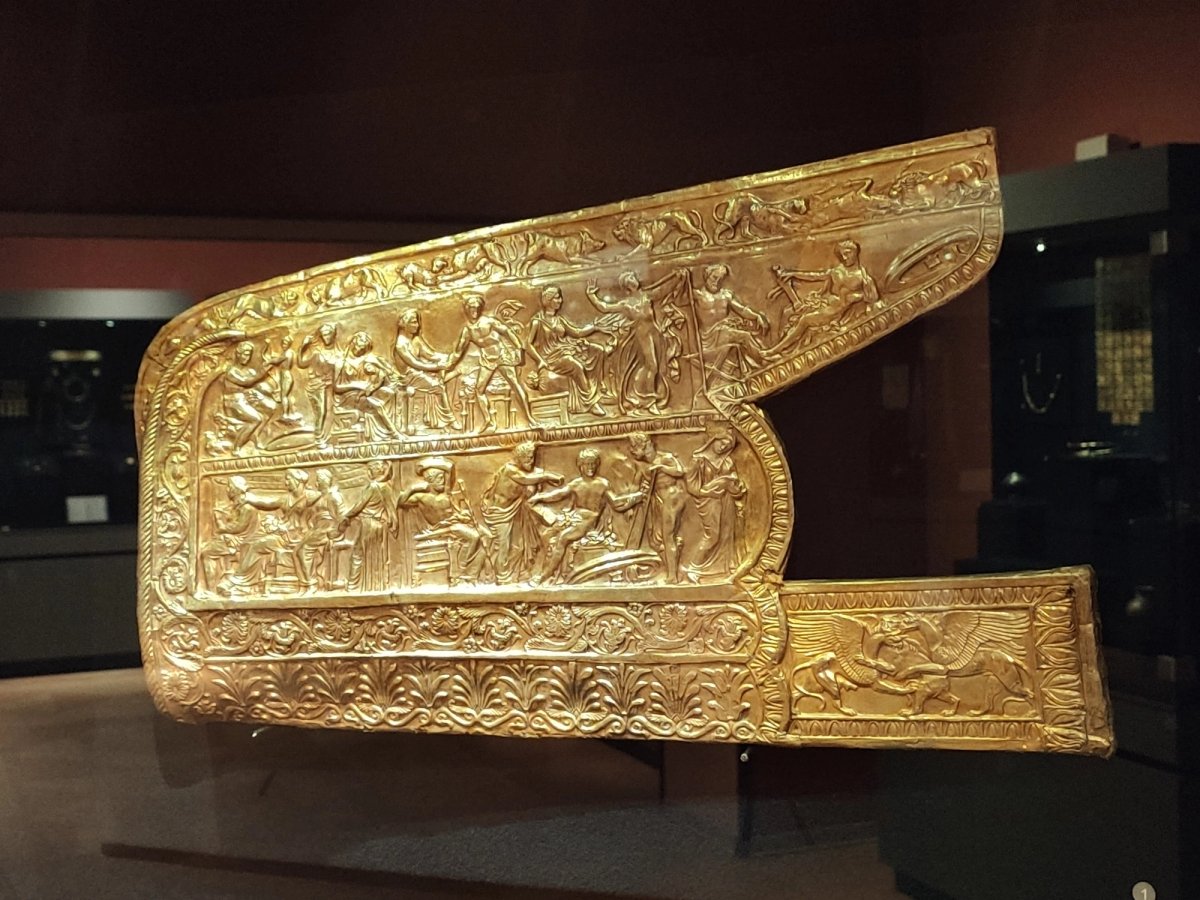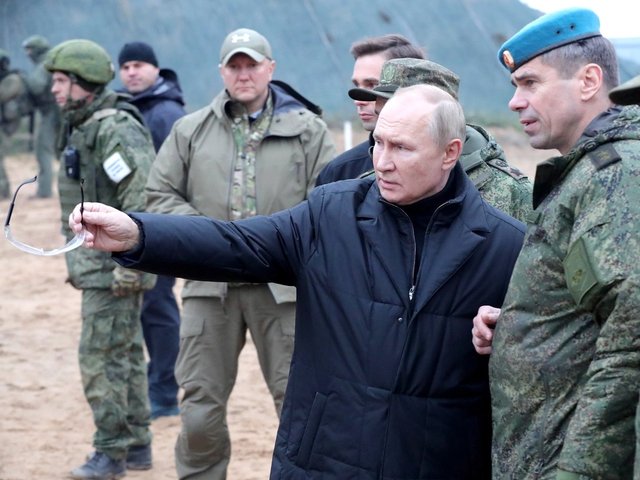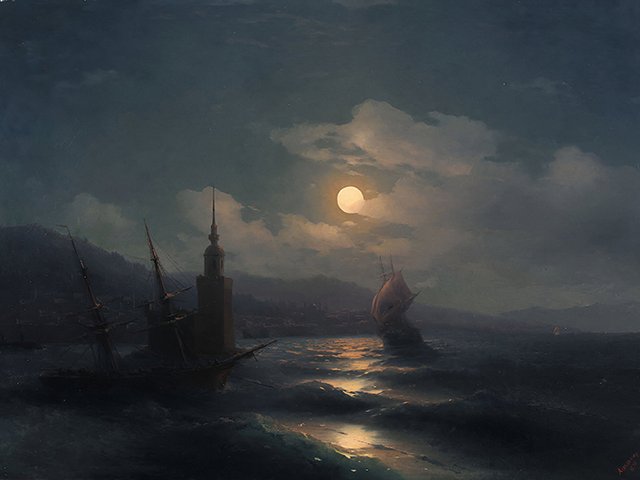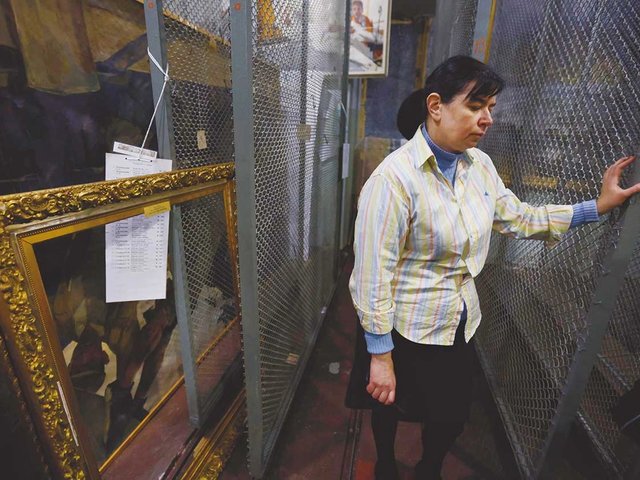Dozens of Ukrainian museums are set to be appropriated by Russia tomorrow as President Vladimir Putin plans to sign a decree annexing four occupied regions, the Kremlin has announced.
Earlier this week referendums on accession to the Russian Federation were held in the territories Donetsk, Luhansk, Kherson and Zaporizhzhia—which cumulatively compare in size to the land mass of Portugal and are home to millions of Ukrainian citizens—that resulted overwhelmingly in favour of Russian leadership. The results have widely been dismissed by the international community as fake.
Thousands of artefacts and heritage pieces that are collectively owned by the Ukrainian government and its subsidiaries will be lost to the occupying nation.
The 2014 annexation of Crimea from Ukraine can be seen as a microcosm for what could now take place after the collections are appropriated. The annexation of Crimea led to an ongoing international court case over Scythian gold loaned from Ukraine to Amsterdam’s Allard Pierson Museum. Russia is demanding that the pieces from Crimean museums be returned to the Black Sea peninsula.
Ukraine’s Minister of Culture and Information Policy, Oleksandr Tkachenko, told Ukraine’s public broadcaster Suspilne in August that it was not possible to evacuate museums quickly from Russian occupation. “What is needed is not the opposition of museum directors, as we have often seen in those regions where hostilities have already taken place, but cooperation with local authorities,” he said. “We don't have the budget to evacuate anyone.”
Here is an overview of the museums in each of the occupied regions that will be annexed:
Donetsk
Russian-fuelled separatism in the eastern Ukrainian region and in neighbouring Luhansk in 2014 preceded Putin’s full-scale invasion on 24 February 2022.
Mariupol, the second largest city in Donetsk, is a port strategically located on the Sea of Azov, opposite the Crimean Peninsula, which Russia annexed in 2014. It was encircled by Russian forces shortly after the invasion. Some of its most notable museums have been damaged during the fight for the city. The early 20th century artist Arkhip Kuindzhi was born in Mariupol and a museum dedicated to his work, the Kuindzhi Art Museum, was initially thought to be completely destroyed after an airstrike. Surviving works from the Museum of Local History and the Kuindzhi Art Museum in Mariupol were moved to the Donetsk Regional Museum of Local History.
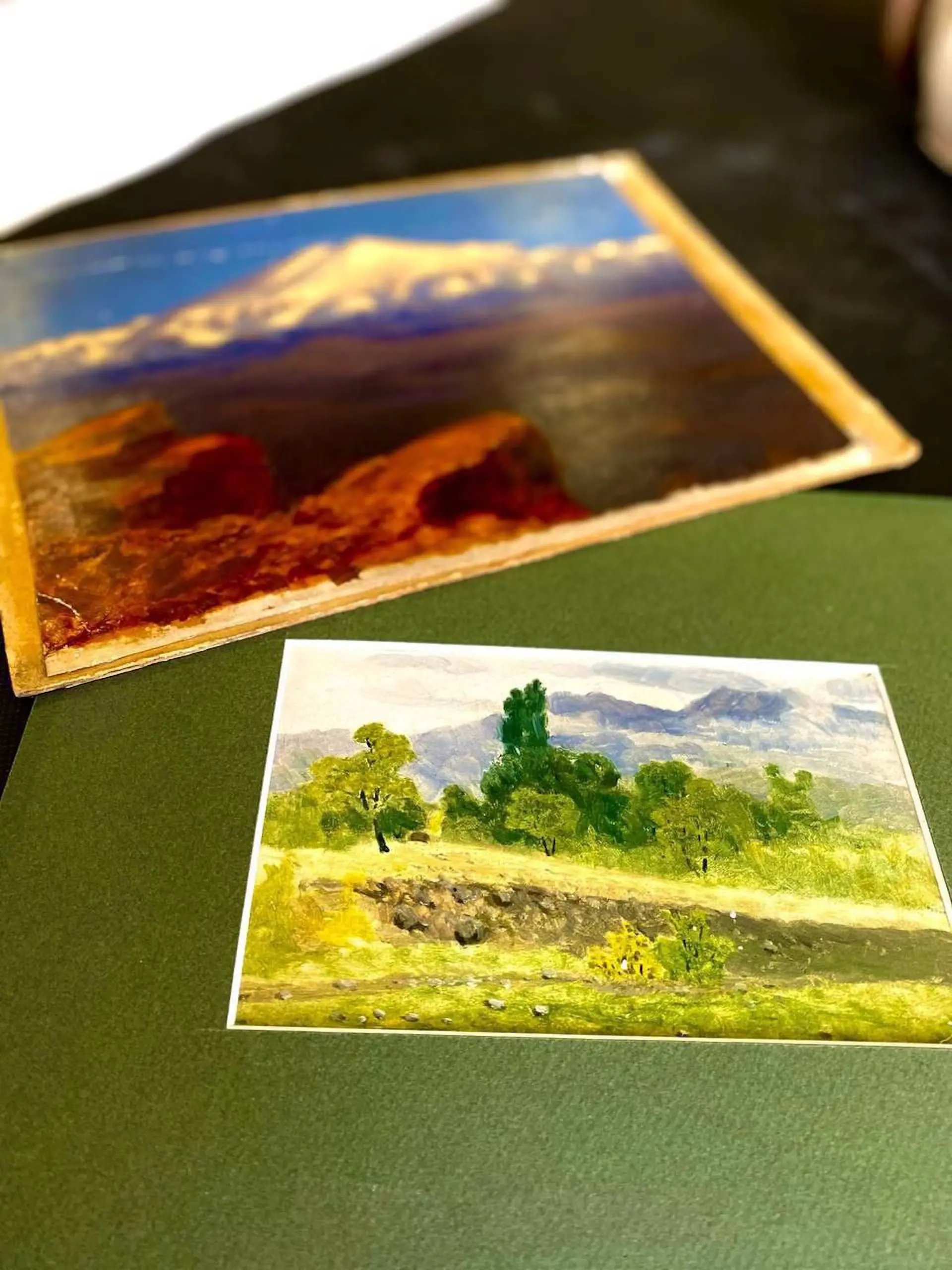
Artworks by Arkhip Kuindzhi said to have been stolen from the Mariupol Museum of Local History by Russian forces Via Telegram
In the city of Donetsk, the Donetsk Republican Art Museum's chief curator, Olga Zagoruiko, gave an interview published on 23 February in Russia’s Moskovsky Komsomolets newspaper in which she said the museum's collections are securely stored. “It is not in our competence” to decide about moving them to Russia, Zagoruiko said when asked if that was being considered in case of an “acute crisis”.
The Donetsk Local History museum’s deputy director Lina Garmash presented a paper at a September gathering of museum workers in St. Petersburg, titled "Preservation of cultural values. Planning and preparation for evacuation". Boris Piotrovsky, St. Petersburg’s deputy governor and son of the State Hermitage Museum general director Mikhail Piotrovsky, has visited to monitor Mariupol’s reconstruction progress.
Olena Pekh, a senior researcher at the Donetsk region’s Horlivka art museum, was apprehended by pro-Russian forces in 2018 and sentenced to 13 years in prison on espionage charges.
Luhansk
The city of Luhansk, the capital of the region, has one of the largest collections in Ukraine of more than 60 sacred Polovtsian statues known as stone babas, some dating as far back as the 9th century, which have been compared to Easter Island’s Moai.
In 2017, a delegation from the Luhansk Art Museum, visited counterparts in Russia’s Voronezh to discuss: “The work of cultural institutions in extreme economic and political conditions.” A social media page of the Luhansk Regional Museum of Local Lore refers to the referendum and “Heroes of the Luhansk People’s Republic".
Photographs posted on the Ukrainian government’s Ukrainian Institute highlight the damage to the Luhansk Museum of History and Culture, which had a collection of 50,000 items and was hit by Russian shelling in 2014.
Kherson
The archaeologically rich Black Sea Kherson region fell under Russian occupation in March, as Russia attempted to form a land bridge to Crimea.
Kherson’s Museum of Local History has a collection of more than 170,000 items. A Russian state television report, first aired in June, focused on an exhibition at the museum that explored the region’s Russian imperial military history under Catherine the Great. It referred to “the Russian city of Kherson” and claimed the museum had been used previously to promote Ukrainian nationalist policies. Ukraine has denounced the museum director Tatyana Bratchenko, as a Russian collaborationist.
Alina Dotsenko, the director of the Kherson Regional Art Museum, which opened in 1912 with donations of works from imperial collections in St. Petersburg, reported in July that Russian FSB representatives and masked police came to install a “new director”.
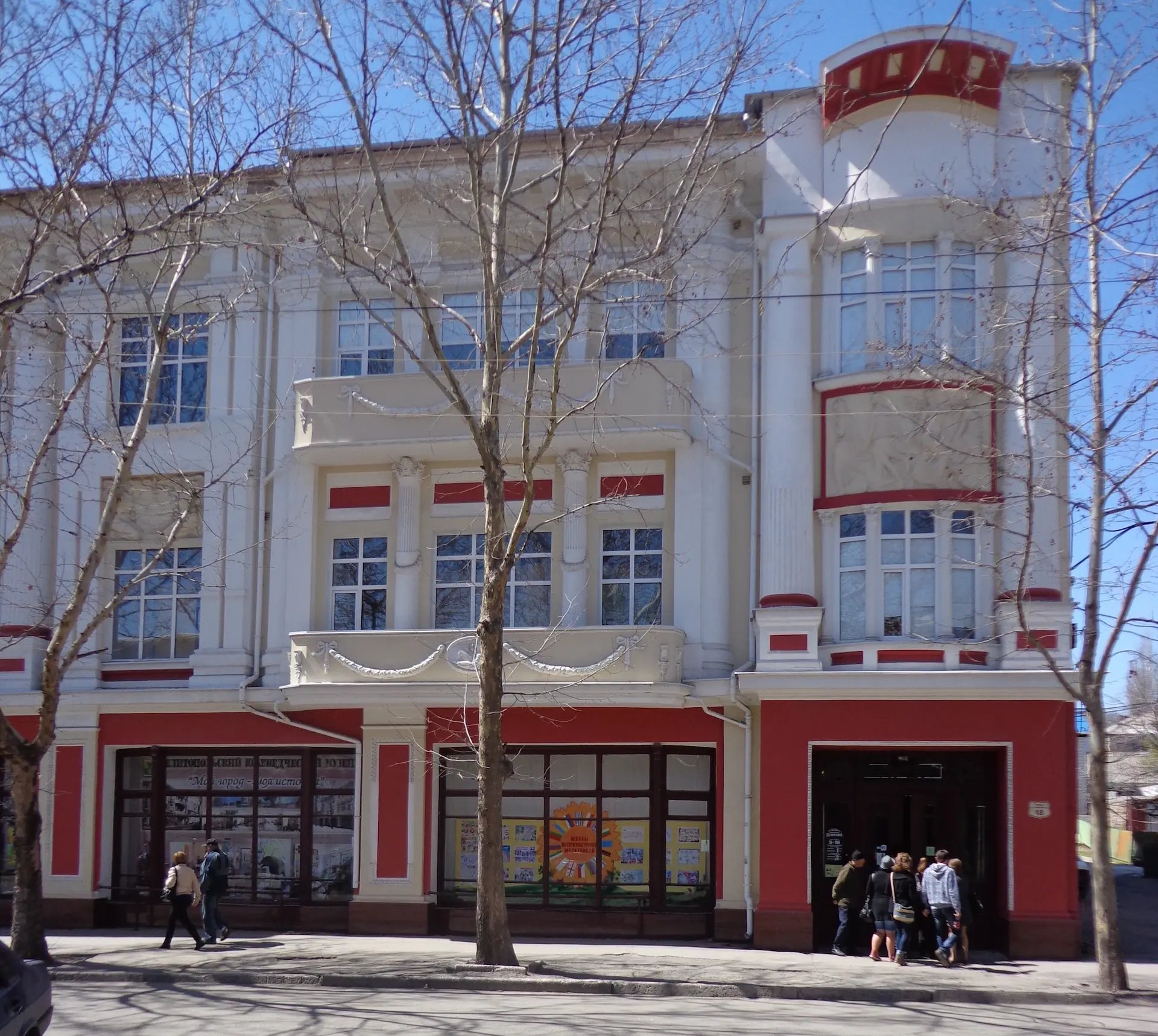
The exterior of the Melitopol Museum of Local History, Ukraine, seen before the Russian invasion and reported looting Photo via Wikimedia Commons
Zaporizhzhia
The city of Melitopol remains under Russian control, along with its Museum of Local History. Its director, Leila Ibrahimova, was briefly kidnapped. A New York Times report details how Russian troops and a Russian-speaking man in a white lab coat tried to force the museum staffer Galina Kucher at gunpoint to reveal the storage site of the museum’s Scythian gold collection. The gold was subsequently stolen. The man in the lab coat was later identified by Russian state media as Evgeny Gorlachev, who has been appointed as the museum’s new director. Gorlachev is now in charge of recruitment for a volunteer battalion to fight Ukraine.


